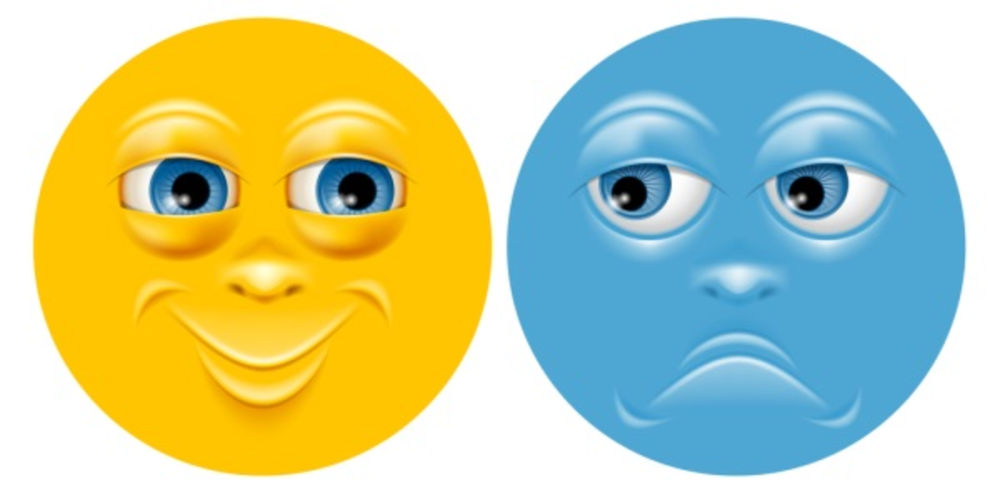Sometimes there’s a major shift happening around you, and you don’t even know it. I feel that’s happening to me right now. Three times in just a few weeks I’ve had coworkers—and even family members—tell me about this emerging trend. And if it wasn’t for them, I think it would have been too subtle for me to notice.
I’m talking about the growing use of emojis in brand marketing. The folks at eMarketer report that we’re approaching two billion smartphone users around the globe this year. And of course, most everyone with a smartphone has used an emoticon or an emoji to shorthand their emotions in a text or email. That’s not so new. You may have even noticed that Apple recently included more diverse emojis in iPhones and iPads with its release of iOS 8.3.
However, brands are figuring out how to infiltrate the time and attention of millennials and Gen Z by marketing to them in shorthand, digital language. A smile, a wink, some hearts, maybe an angry look or a sad face—emojis are the new standard of communication.
The launch of last week’s social media campaign for the next Star Wars film, Star Wars: The Force Awakens, is one of the most recent—and ingenious—use of emojis to market a product. In anticipation and preparation for its planned mid-December release, Disney and Lucasfilm have teamed up with Twitter to create special Star Wars emojis: Stormtrooper solidiers, BB8 droids, and robot character C-3PO. Twitter created and released an emoji for each of these Star Wars characters, and in the process ignited a firestorm on social media.
#TheForceAwakens #StarWarsEmojis #C3PO #StormTrooper #BB8 pic.twitter.com/2eDPB9AhrI
— Star Wars (@starwars) April 16, 2015
This is one of the most recent; but it’s certainly not the only example.
CNN recently got into the emoji marketing game hoping to revive the network’s former glory days as the world’s leader in political news. The marketing team at CNN released a set of emojis—each a digital character for current and potential candidates for the 2016 race for the White House. CNN is hoping to turn that momentum for a particular candidate—say Republican favorite Jeb Bush or Democratic heavyweight Hillary Clinton—into fervor for the CNN brand. Each emoji, not surprisingly, is ID’d with the network’s logo.
The 2016 election in emojis. Tap, save, text: http://t.co/GOyRfQeNG5 #Emoji2016 pic.twitter.com/j5vVNVFONK
— CNN Politics (@CNNPolitics) April 15, 2015
GE has taken the emoji-branding strategy a step further—not just providing a few emojis but going so far as to create an entire interactive periodic table, if you will. Coupled with hashtag #EmojiScience, GE’s Emoji Table of Experiments takes the trend to the next level, encouraging fans of the brand to make their own emoji experiments and then share them with the hashtag.
(Click image to enlarge.)
Even Budweiser’s flagship light beer Bud Light got into the act last summer wishing everyone a Happy Fourth with an entire flag made of emojis.
???????????????????
????????????
???????????????????
????????????
????????????????????????
????????????
????????????????????????
#4thofJuly
— Bud Light (@budlight) July 4, 2014
These are some of the best cases I’ve seen in this emerging style of marketing. What are some of the best examples you’re seeing with emojis?








